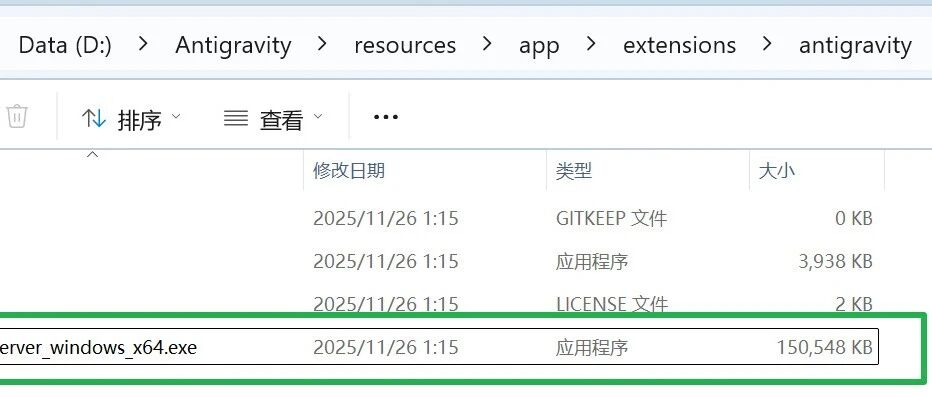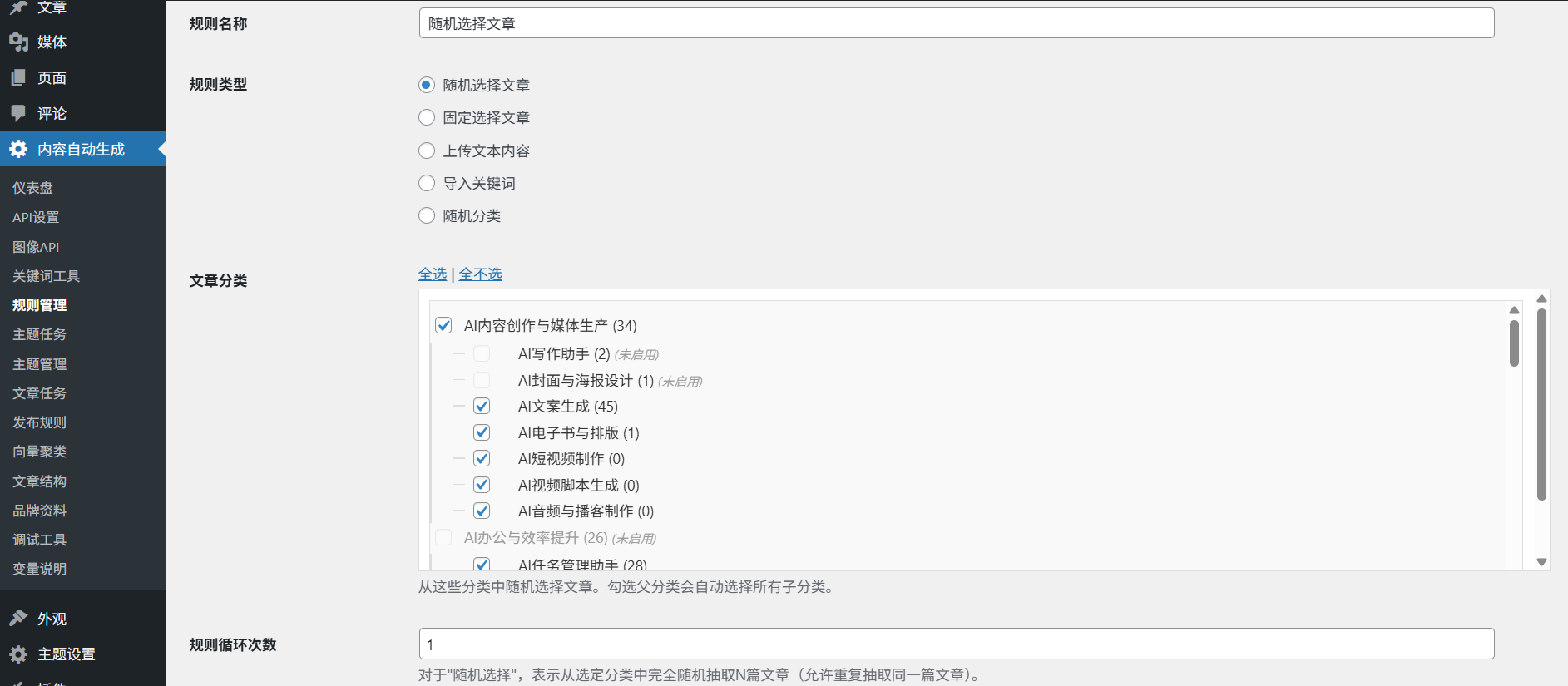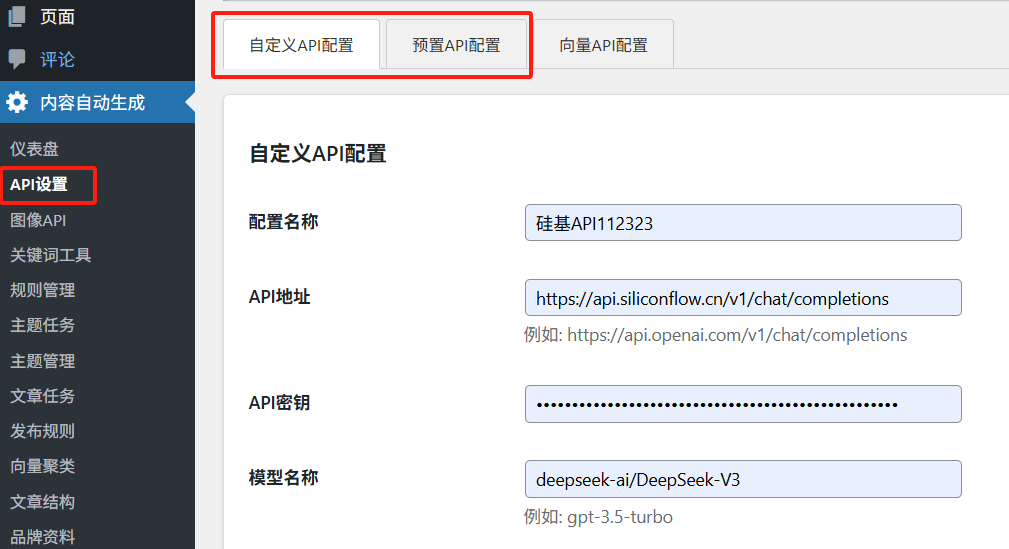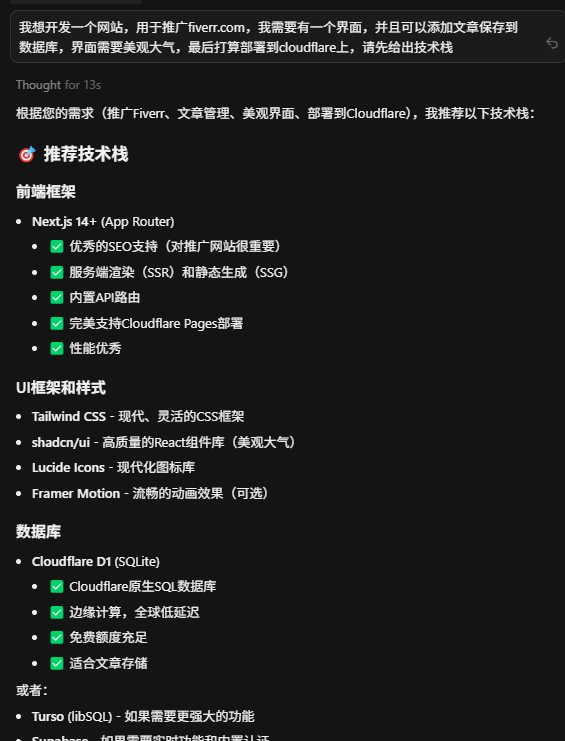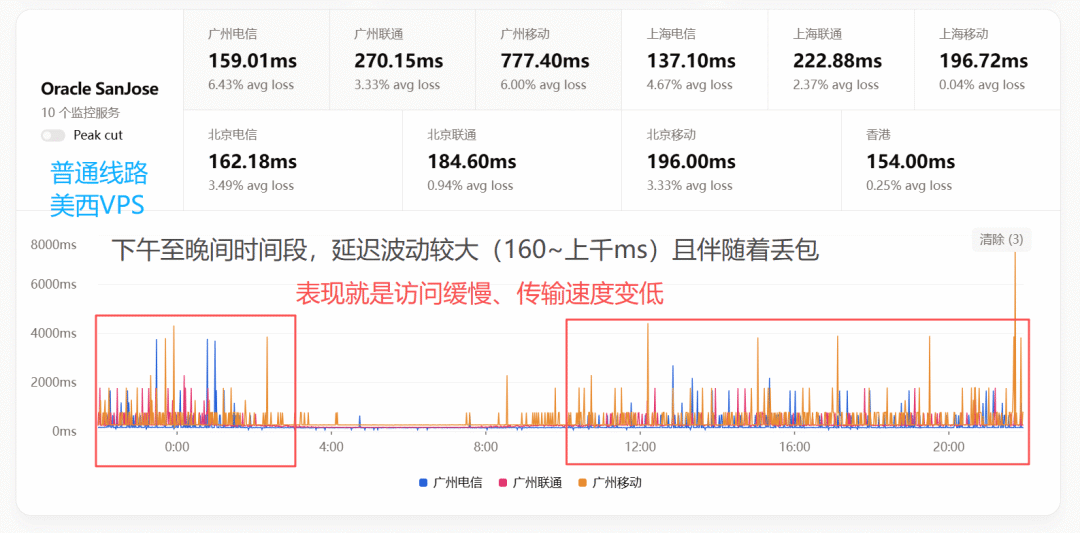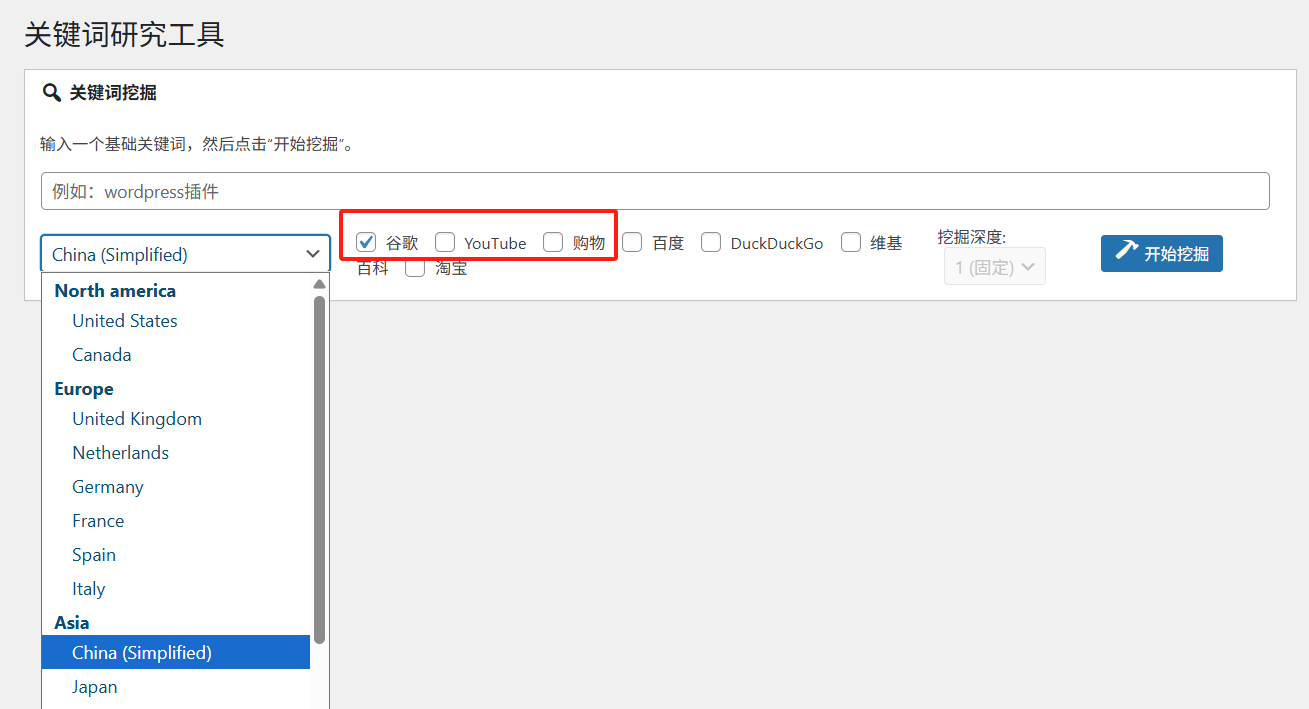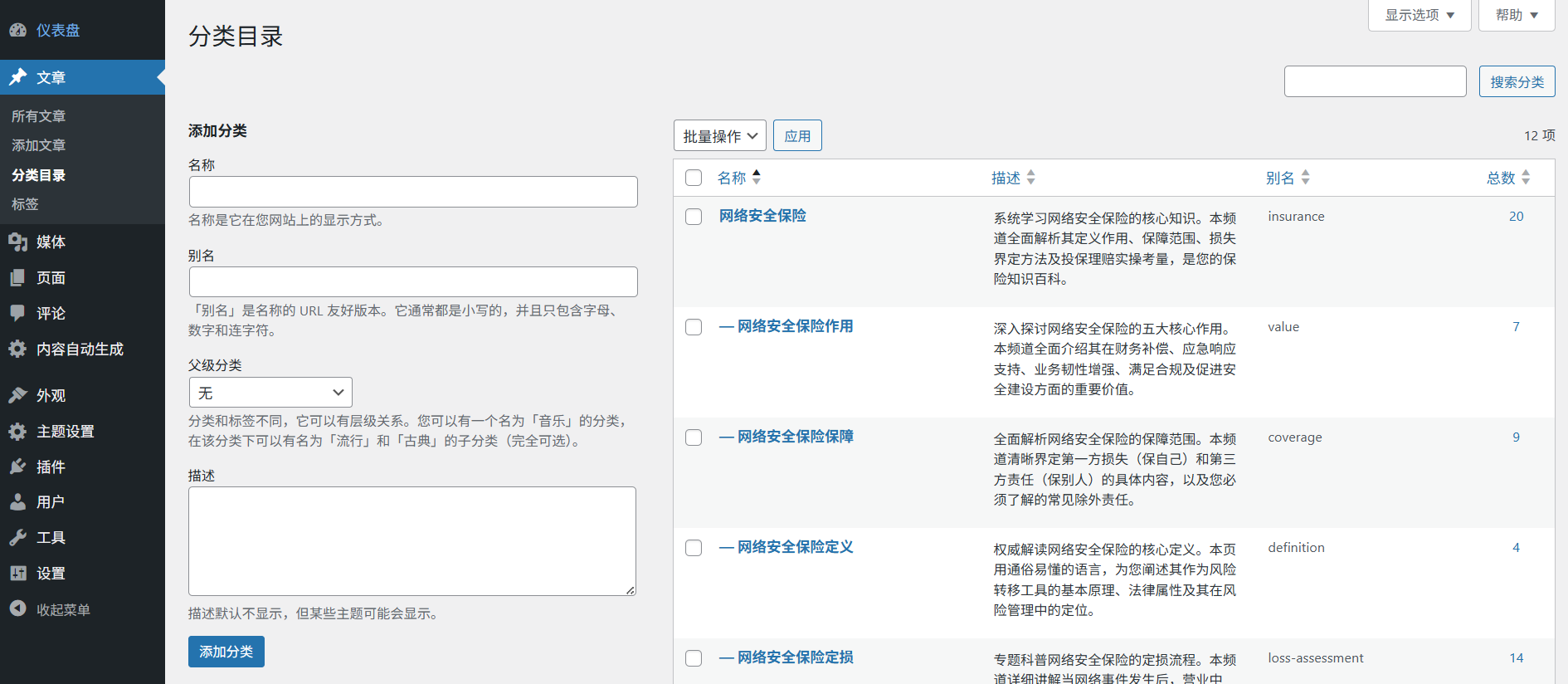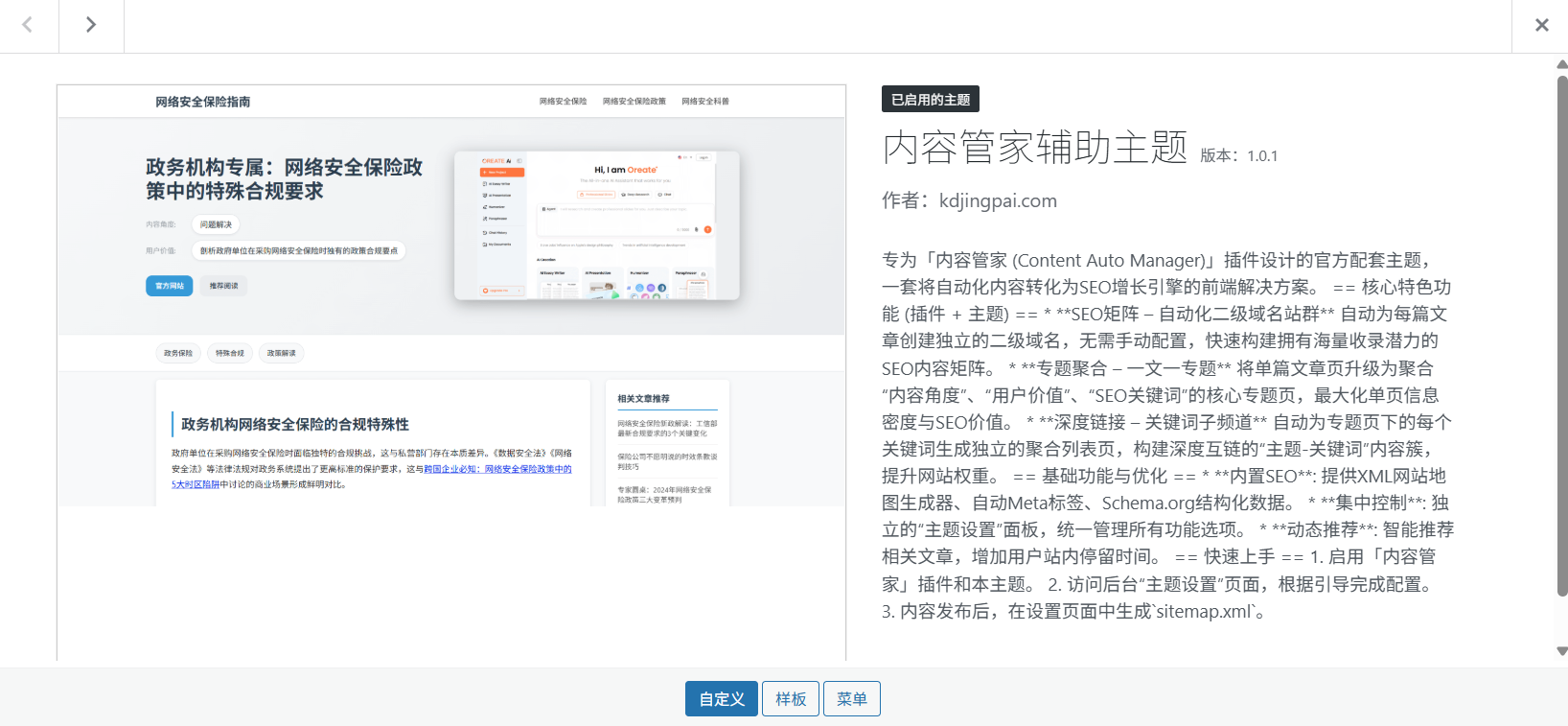Step 1: Project Label Creation
In "Settings→Project Management", create a separate label for each client/project (e.g. "ClientA_Website Design"), and the system will automatically generate the corresponding financial sandbox environment.
Step 2: Intelligent Trade Allocation
When income is credited: ① Manually select the corresponding item label ② Or set up automatic rules (e.g. "PayPal payments from clientA.com are automatically categorized to item A"). For expenses, you can assign the item label instantly when scanning receipts, or batch assign them on the transaction details page at a later stage.
Step 3: Multidimensional analysis
Through "Report→Project View", you can view: ① the percentage of each project's revenue ② the details of project-related expenses ③ the comparison of net profit margin ④ the summary of project-level tax deductions. UniqueTime Investment ROI AnalysisThe function can also correlate time tracking software data (e.g. Toggl) to calculate actual earnings per hour.
Step 4: Professional delivery
Separate: ① Client Statement ② Expense Detail Report ③ Taxable Income Estimator can be generated for each project. Tests have shown that this workflow reduces freelancers' time spent on multi-project accounting by 821 TP3T, and decreases reconciliation errors by 901 TP3T during tax season.
This answer comes from the articleTabby: an AI automated bookkeeping tool for small businesses and freelancersThe













